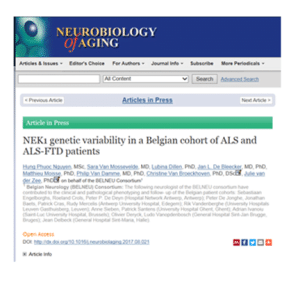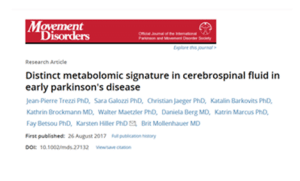A new study to compare key outcomes in care homes that implemented an individualized music program called MUSIC & MEMORY with similar homes that did not adopt the program found that after homes adopted the program, residents with dementia became significantly more likely to discontinue antipsychotic and antianxiety medications and significantly less likely to engage in disruptive behaviors, compared to those residing in homes used for comparison.
The study of more than 25,000 residents in 196 nursing homes in the United States was published in The American Journal of Geriatric Psychiatry.
The study’s findings reinforce personal reports among caregivers and family members, including those presented in the documentary “Alive Inside,” suggesting that personalized music helps patients even when their dementia is highly advanced.
To better understand how widespread such effects may be and how they might become clinically meaningful, the researchers designed a new evaluation to test the program’s effects with greater national breadth and statistical rigor than previous study designs.
To make their comparison, the team identified 98 nursing homes that had received formal training in the MUSIC & MEMORY program during 2013 and then assembled a list of similar nursing homes — accounting for Medicare quality rating, geography, the age mix of residents and other factors — that did not implement the program. The researchers included in the study all residents in each kind of home who had dementia and cognitive impairment, but who were not receiving hospice care and were not comatose. In all, 12,905 such residents lived in program homes, while 12,811 residents lived in non-program homes.
Using federal Medicare and nursing home data, the researchers then compared the before-2013-and-after changes among residents in each group on four metrics: ending antipsychotic medication, ending antianxiety medication, reductions in disruptive behavior and improvement in mood. While there were no significant differences in mood, after MUSIC & MEMORY implementation in program homes they found reductions in the use of antipsychotic and antianxiety medications as well as reductions in behavior problems.
The researchers caution that since they did not track everything each nursing home might be doing to achieve these care improvements, they can’t be sure that all the improvements resulted from MUSIC & MEMORY specifically.
To improve their evaluation, the researchers plan to conduct a second study in which they will randomize some homes to implement the program and some comparison homes to continue without it.
Paper: “Individualized Music Program is Associated with Improved Outcomes for U.S. Nursing Home Residents with Dementia”
Reprinted from materials provided by Brown University.



